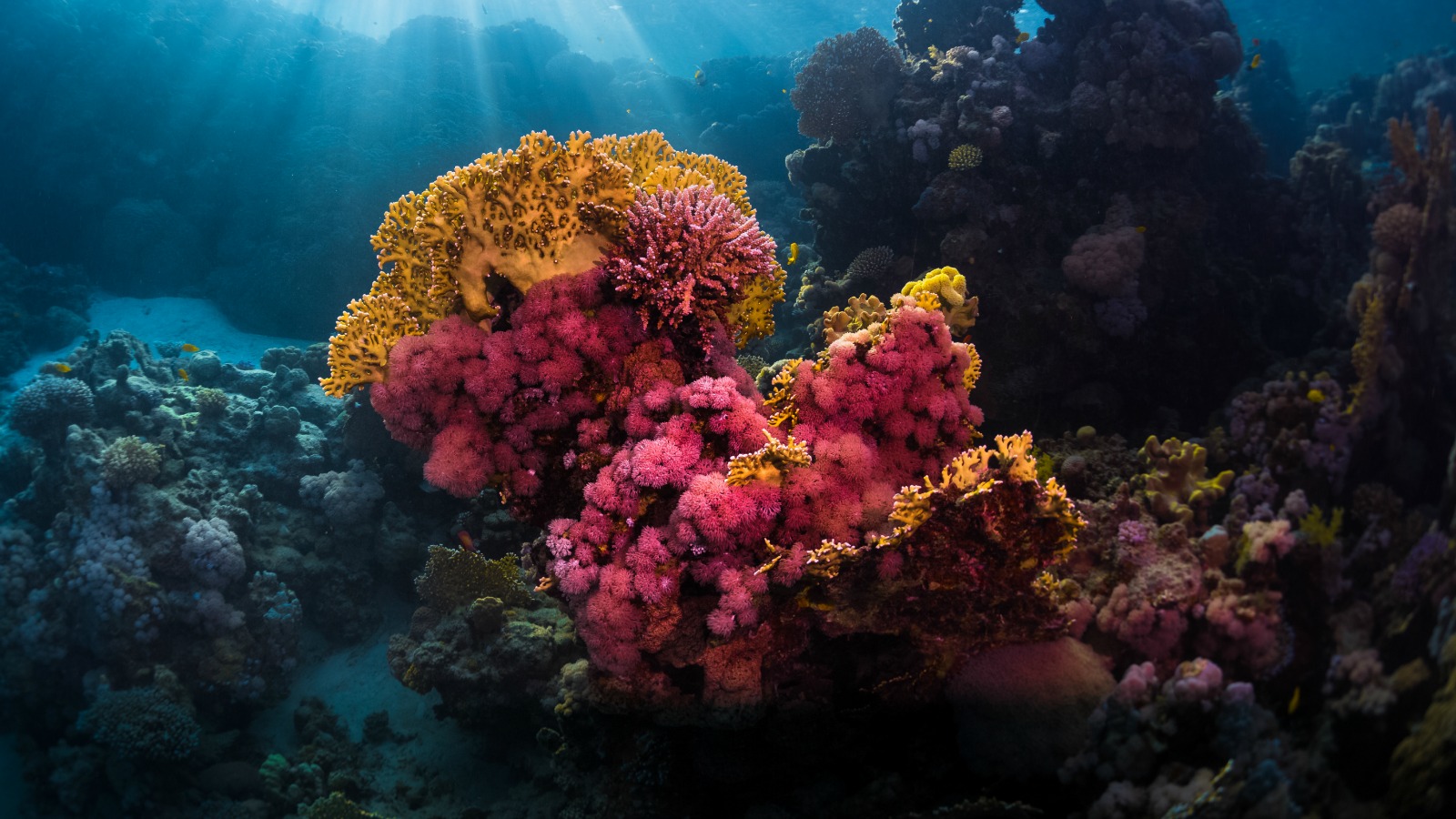Coral reefs aren’t exactly in a happy place right now — more like a terrifying brink, actually. Australia’s Great Barrier Reef is now 93 percent bleached, and Florida’s reefs are straight-up crumbling.
But if you dive a little deeper, a couple hundred feet beneath the surface, some corals seem to be doing OK. And according to a new report commissioned by the United Nations, those reefs might be a lifeline for their counterparts in shallower waters.
Mesophotic coral ecosystems — mesophotic means “middle light” — exist in the so-called “twilight zone” between the ocean’s brightly lit, shallow waters and its sunless, inky depths. Frankly, we don’t know a lot about ocean life this far down, since it’s deeper than we can comfortably get to by scuba-diving.
But we do have a few important pieces of knowledge about mesophotic life: 1) Its corals are generally sheltered from stressors like bleaching, overfishing, pollution, storms, and disease; 2) Some of its coral and fish species are genetically similar to their surface-level counterparts; and 3) Mesophotic corals look like a rainbow glow stick party.
To connect the dots: This means that if our shallow reef systems are decimated, they have a kind of insurance policy (in fluorescent colors!) in these mesophotic corals, which could help replenish surface reefs and supply much-needed genetic diversity.
But don’t grab your techno-scuba gear just yet. It’s possible that some mesophotic coral ecosystems may be just as vulnerable to threats as shallower systems. And if we did try to introduce mesophotic species in surface reefs, we’d have to do so carefully — after all, human intervention is why we have so many coral skeletons on our hands in the first place.
Repopulating shallow reefs with deeper sea corals is a back-up plan, but it’s a reminder that there’s still hope. Corals survived five big extinction events in the 250-some million years before we came along. Now we’re counting on our most resilient corals to adapt and lead the way again.



